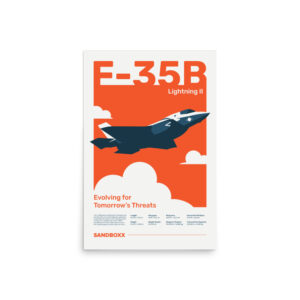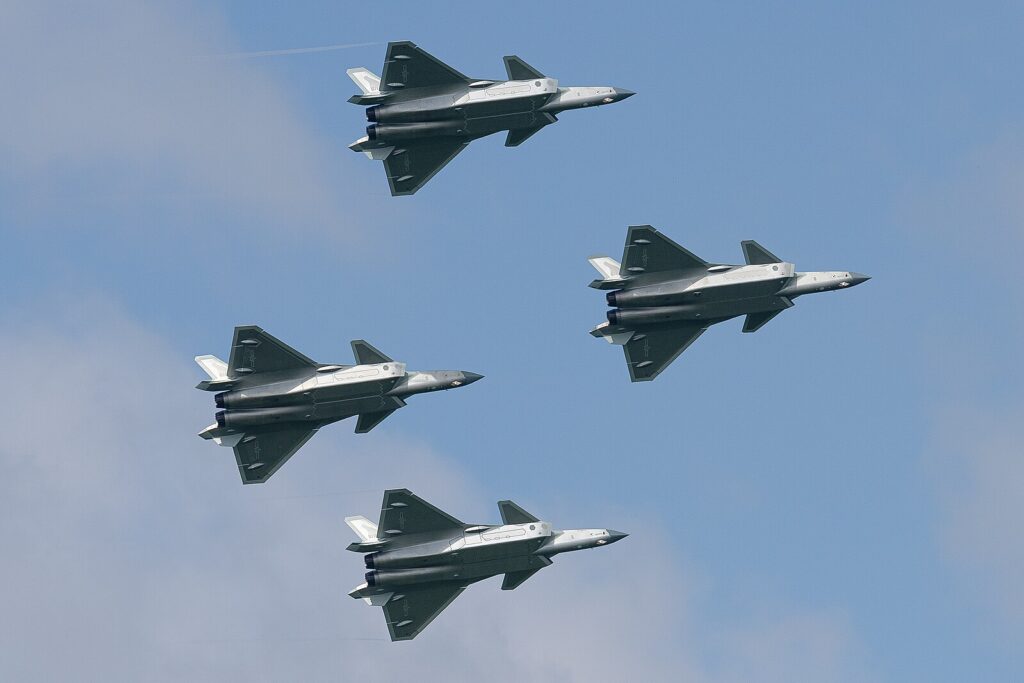Abraham Wald saved hundreds of flight crews with statistics
- By We Are the Mighty
Share This Article

Abraham Wald, a Jewish mathematician, was driven out of Romania and Europe by the Nazi advance and emigrated to the U.S. where he would serve in the Statistical Research Group, a bunch of egg heads who used math to make the military better at everything from firing rockets to shooting down enemy fighters. And Wald was the one who convinced the Navy that they were about to armor the completely wrong parts of their planes, saving hundreds of flight crews in the process.

RELATED: KELLY JOHNSON: HOW ONE MAN CHANGED AVIATION FOREVER
To understand how Wald, sitting in New York for most of the war, saved so many lives, it’s important to understand what role academics and subject matter experts had in the war. The U.S. and Britain especially, but really all the great wartime powers, put some stock in the ability of their academics to solve tricky problems and make warfighters more efficient, more lethal, or more safe.
Some of this was having physicists and engineers create better weapons, like how the Applied Physics Laboratory was created to develop proximity fuses that made artillery and anti-aircraft weapons more effective. Some of this was having mathematicians figure out the best mix of rounds to load into machine guns of different types for the gunners to more quickly kill their targets. One great example is all the physicists and other scientists who worked on atom bombs.
But Wald was a statistician, and his job was to look at wartime processes and figure out how they could be improved. Wald was still, technically, an enemy alien, so he had an odd setup at the Statistical Research Group.

As Jordan Ellenberg wrote in “How Not To Be Wrong,” there was a running joke in the SRG that Wald’s secretaries had to rip notepaper out of his hands as soon as he finished writing on it because he didn’t have the clearance to read his own work.
But Wald was an amazing mathematician, and it’s not like he was the type of Hungarian who might harbor sympathies for Hitler. Remember, he had fled Austria because Hitler would have had him killed, same as Albert Einstein and plenty of others. So, Wald used math to try to help the Allies kill the Axis, and he was in the SRG when the Navy came to them with a seemingly straightforward problem.
The Navy, and the Army Air Corps, was losing a lot of planes and crews to enemy fire. So, the Navy modeled where its planes showed the most bullet holes per square foot. Its officers reasoned that adding armor to these places would stop more bullets with the limited amount of armor they could add to each plane. They wanted the SRG to figure out the best balance of armor in each often-hit location.
(Adding armor adds weight, and planes can only takeoff with a certain amount of weight that needs to be balanced between plane and crew, ammo, fuel, and armor. Add too much armor, and you have a super safe bomber that can’t carry any bombs.)

But Wald picked out a flaw in their dataset that had eluded most others, a flaw that’s now known as “survivor bias.” The Navy and, really anyone else in the war, could typically only study the aircraft, vehicles, and men who survived a battle. After all, if a plane is shot down over the target, it lands on or near the target in territory the enemy controls. If it goes down while headed back to a carrier or island base, it will be lost at sea.
So the only planes the Navy was looking at were the ones that had landed back at ship or base. So, these weren’t examples of where planes were most commonly hit; they were examples of where planes could be hit and keep flying, because the crew and vital components had survived the bullet strikes.
Now, a lot of popular history says that Wald told the Navy to armor the opposite areas (or, told the Army Air Corps to armor the opposite areas, depending on which legend you see). But he didn’t, actually. What he did do was figure out a highly technical way to estimate where downed planes had been hit, and then he used that data to figure out how likely a hit to any given area was to down a plane.
What he found was that the Navy wanted to armor the least vulnerable parts of the plane. Basically, the Navy wasn’t seeing many hits to the engine and fuel supply, so the Navy officers decided those areas didn’t need as much protection. But Wald’s work found that those were the most vulnerable areas.
And that makes sense. After all, if you start leaking gas while still far from home, you likely won’t make it home. Have an engine destroyed even a few miles from home, and you likely won’t make it home. So the military took Wald’s work and applied armor to the areas he had defined as most vulnerable, primarily the engines, instead of putting armor on the areas with the most observed hits. And, guess what? Planes started surviving more hits.
Now, it didn’t win the war on its own, of course. Just like giving the Navy proximity fuses to make gunners more effective against enemy planes didn’t stop every Japanese dive bomber or Kamikaze attack, the armor didn’t save every plane and crew.
But winning a war isn’t about winning every engagement. It’s about paying less than you are willing to pay for victory and suffering less than you’re willing to suffer for each defeat. If you can do that, you’ll eventually win.
And Wald had driven down the price of success and the likelihood of failure for airplanes. Ironically, he died five years after the war in a plane crash, robbing us of his expertise in Korea and Vietnam, though his papers written during World War II continued to influence military decisions for decades.
This article by Logan Nye was originally published by We Are the Mighty
Related Posts
Sandboxx News Merch
-

F-35 ‘Evolution’ Poster
$22.00 – $28.00 Select options This product has multiple variants. The options may be chosen on the product page -

A-10 ‘Thunderbolt Power’ Framed Poster
$45.00 – $111.00 Select options This product has multiple variants. The options may be chosen on the product page
We Are the Mighty
Related to: Military History

Apophis: Are we prepared to defeat Earth’s greatest planetary threat?

Do sailors have a future in the US Navy? No, according to former Army general

China could stop US airpower from achieving air superiority in the first island chain, top commander says

A CIA officer’s 5 favorite spies from TV and movies
Sandboxx News
-

‘Sandboxx News’ Trucker Cap
$27.00 Select options This product has multiple variants. The options may be chosen on the product page -

‘AirPower’ Classic Hoodie
$46.00 – $48.00 Select options This product has multiple variants. The options may be chosen on the product page -

‘AirPower’ Golf Rope Hat
$31.00 Select options This product has multiple variants. The options may be chosen on the product page -

‘Sandboxx News’ Dad Hat
$27.00 Select options This product has multiple variants. The options may be chosen on the product page
